The arrival of the new Ricoh GR IV reminded me that substantial internal storage is now becoming commonplace. The tiny newcomer packs in a whopping 53 GB of solid-state memory, and that’s enough for a day’s shooting (by me, at least). However, the card slot has been downgraded (or is it upgraded?) from SD to microSD, and I suspect Ricoh expect most users to adopt internal as the primary means of storage, relegating the card to back-up duties.
Leica has done well in equipping the latest M cameras with up to 256 GB of memory, again good enough for most photographers’ daily shoot. The base M11 has 64GB of memory, while the M11-P and M11-D have 256GB. The single-card SD slot, as with the Ricoh, is useful for back-up purposes, or for selective saving according to preference.
One-slot pony
Yet, it is surprising that many cameras in our sphere of interest do not possess internal storage and some offer nothing more than one SD card slot. No back-up, all eggs in one basket, and less peace of mind.
The Leica Q3 and Q3 43, for instance, have the worst of all worlds: Just one card slot and no internal memory. The world-conquering Fujifilm X100VI is no better. Choose these cameras if you love keeping all your eggs in one basket.
Even the newest Fujifilm fixed-lens snapper, the GFX100RF, is lacking in the field of internal memory. But its saving grace is that it does have two SD card slots — giving you two baskets in which to place your eggs. It shares this arrangement with Leica’s mighty SL3, two slots but no internal memory.
Times they are a-changing
However, the market is developing, and Leica recognised this with the M11 family. Even the screenless M11-D has that 256 GB memory chip and avoids the usual criticism of M cameras in comparison with other professional cameras: only one slot.
It’s a mystery, though, why Leica decided not to incorporate internal storage in the Q3 models. Could it be a question of cost? Or some design reason? Similarly, why did Fujifilm not consider internal storage as essential for the new X100VI last year, and the RF this year. Surely, the writing is on the wall by now.
Ricoh ahead of the game
Little old Ricoh, however, has read the wall and decided to be ahead of the game. For a tiny APS-C camera with a 25.7 MB sensor, 53 GB of storage is actually quite generous and I’d certainly welcome it. My current GR III has but 2 GB of internal memory, good for the time it was introduced in 2019, but pretty meagre by today’s standards.
But at least it’s there, which is more than can be said for some Leicas and most Fujis. It’s remarkable and laudable that the company has moved to 53 GB this time around.
I confess that up to now I have failed to take advantage of the internal memory on my Leica M11D, but I am resolved to make it my primary storage. I’m also determined to rely more on cable or wireless transfer instead of swapping SD cards around. The SD card in the M11 makes a useful back-up rather than a primary storage, I think.
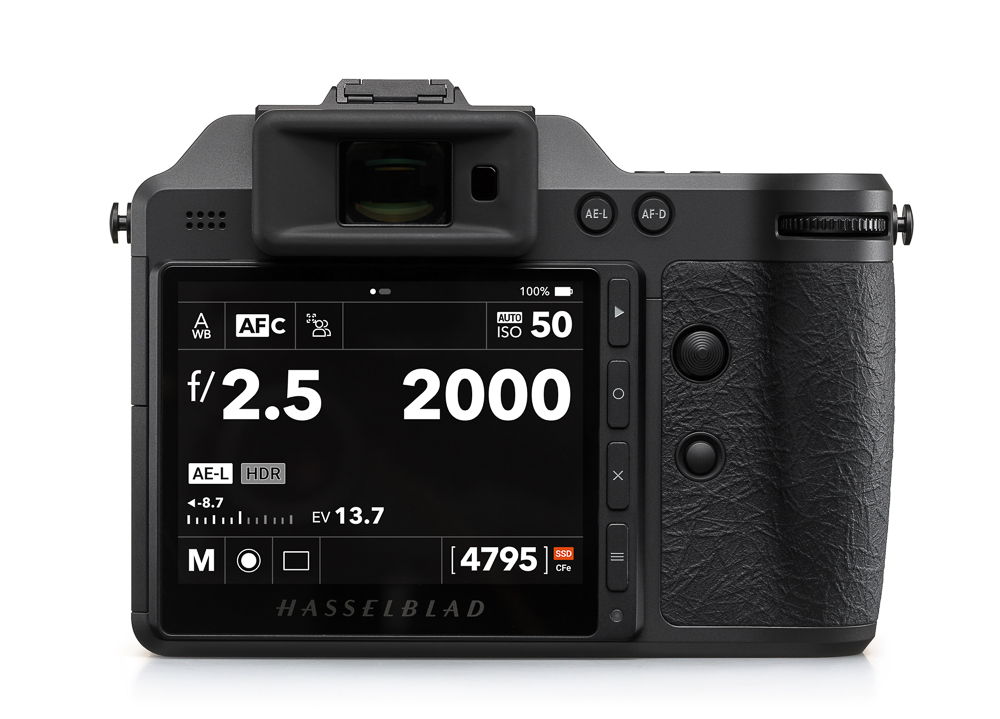
Is the SD card necessary?
With ever-increasing emphasis on wireless or cable transfer, the concept of portable storage is looking less essential. I’m eagerly awaiting a time when every camera includes at least 512GB of internal storage. And 1 TB, as on the latest Hasselblad X2D II, is not far over the horizon for more affordable cameras.
| MORE READING | |
| Macfilos review of the Hasselblad X2D | Jonathan Slack reviews the Leica M11-P |
| Ricoh GRIII just the ticket for keen travellers | Fujifilm GFX100RF long-term test |
Make a donation to help with our running costs
Did you know that Macfilos is run by five photography enthusiasts based in the UK, USA and Europe? We cover all the substantial costs of running the site, and we do not carry advertising because it spoils readers’ enjoyment. Every amount, however small, will be appreciated, and we will write to acknowledge your generosity.

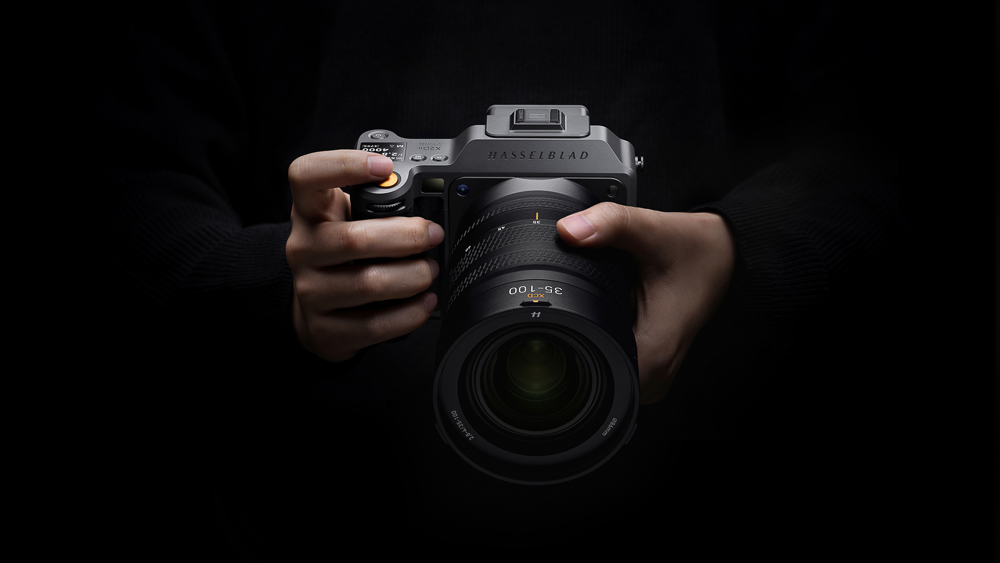
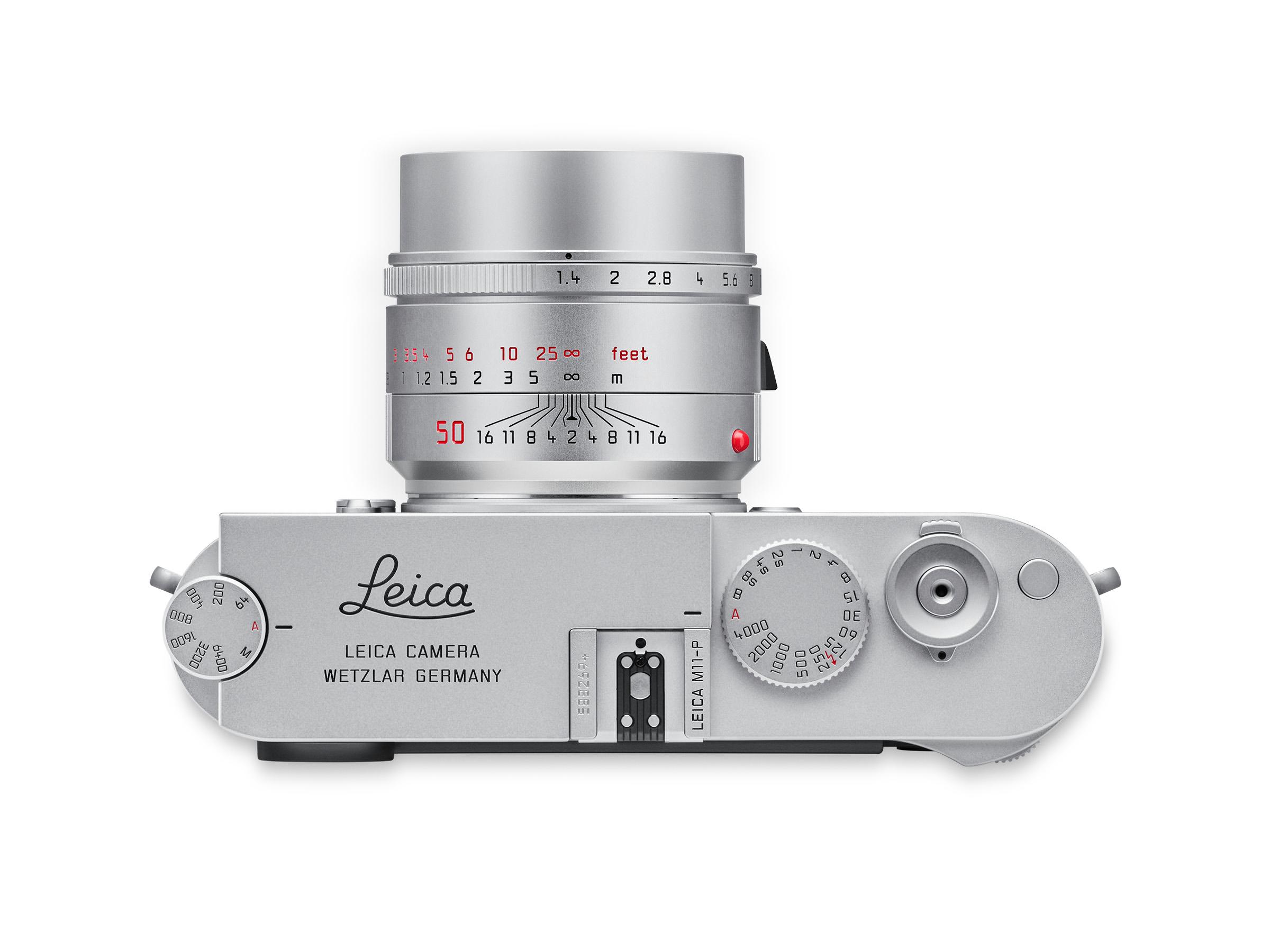
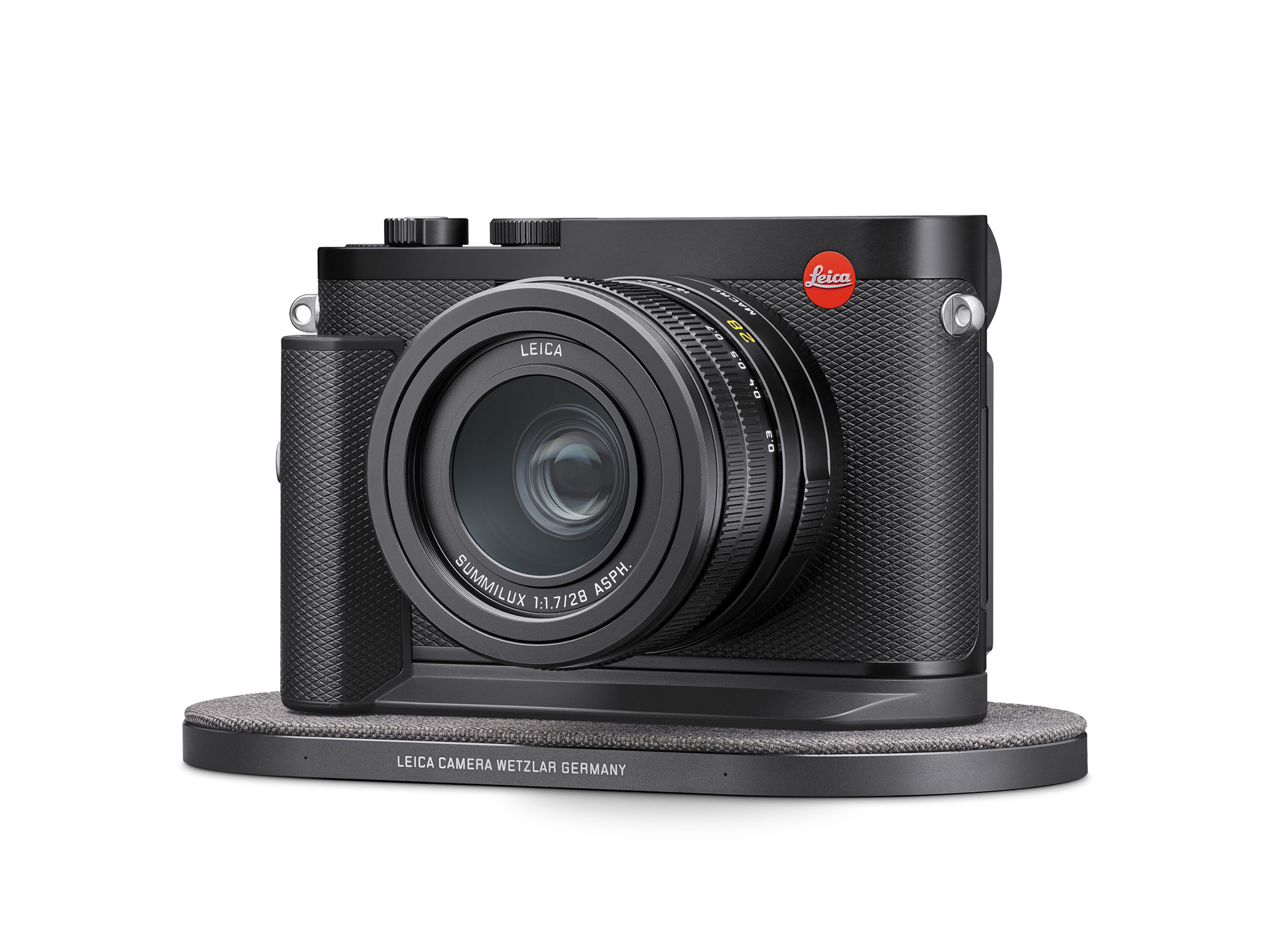
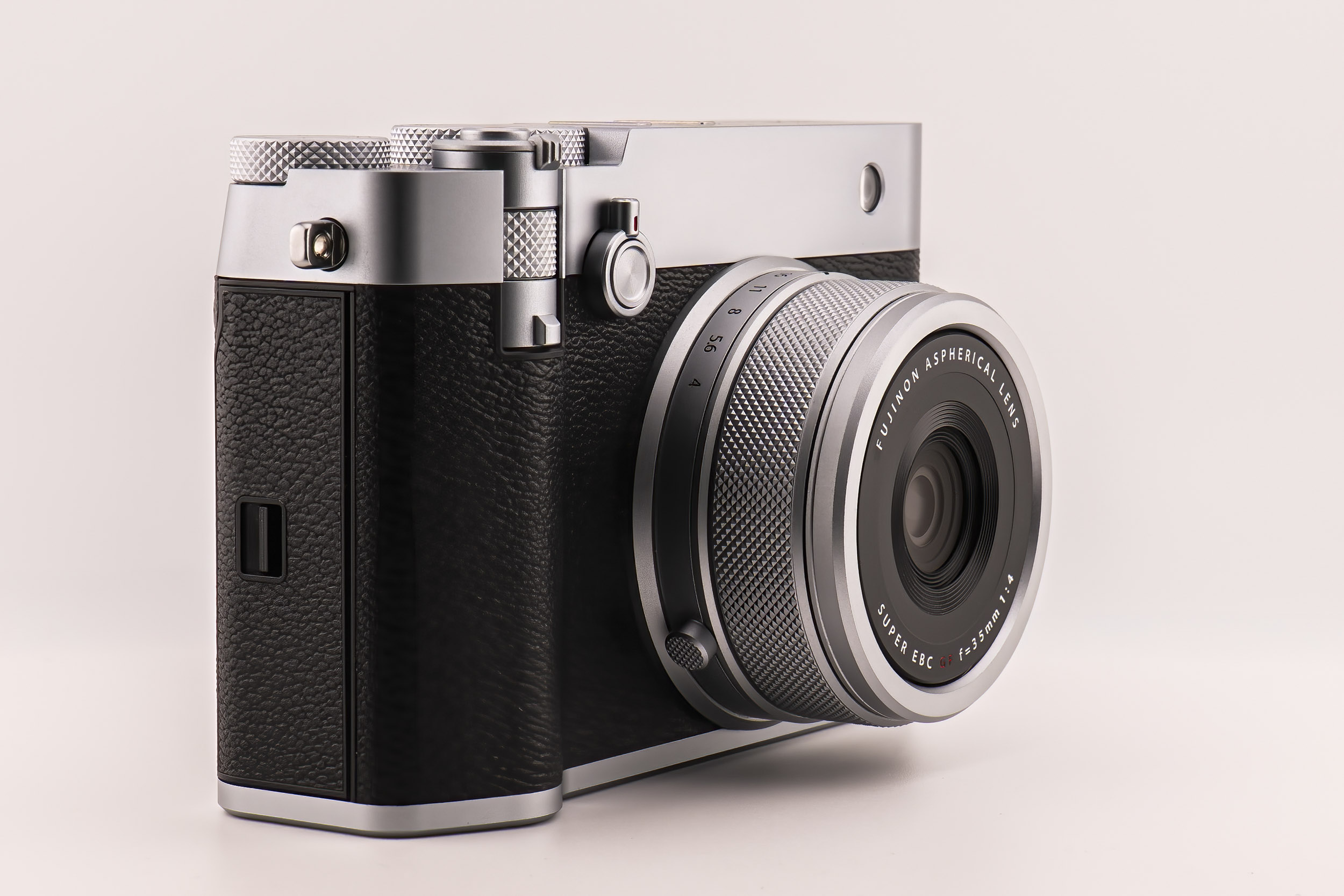
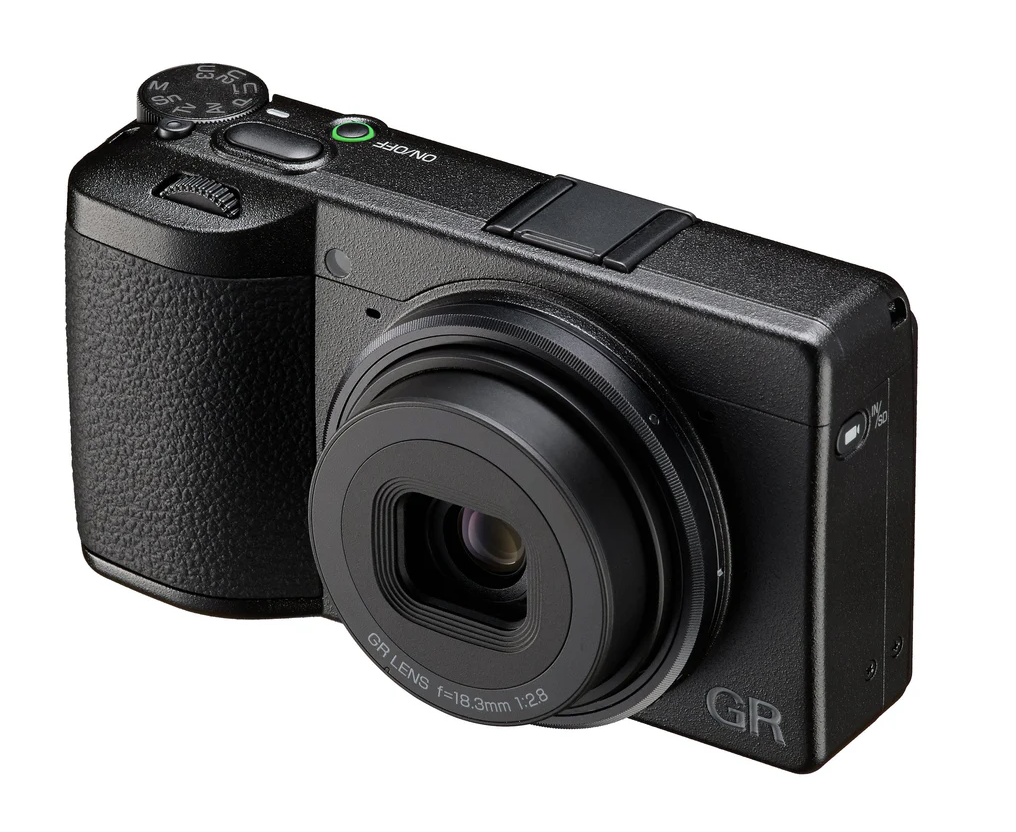
I’m a bit confused.
The headline states that Leica is dragging the chain but it seems that all modern Leicas except the Q3 have internal storage. What about Olympus, Canon and Nikon – have they moved towards internal storage?
The author has a camera with internal storage but continues to use cards. There must be a good reason – perhaps, like many of us, he feels it’s safer to stick to trusted habits. Modern cards are very reliable.
The main concern I have with internal storage is the risk of disk failure. The chance of getting a repair while on a trip for example would not be high. At least with cards, you can swap them regularly to minimise any loss.
As far as I know, the M11 is the only one with internal storage. Neither of the Qs, nor the SL-3 have internal storage. I share your concern over failure but it reliability is good these days and I’m willing to take the chance.
A two-slot solution is also very useful, and this is where both the Q and M miss out.
Sorry, I meant TL2! Spellchecker?
Don’t forget the Leica SL2! Ahead of the game.
I agree on the TL2 (which you corrected from SL2 — an easy slip. The T was ahead of its time in so many ways, and the internal memory in the TL2 is something that should have been extended to all new Leicas. Instead, as with the CL, they sometimes throw the baby out with the bath water.
The excellent user interface of the T/TL2 also comes to mind as another example of throwing the baby out with the bath water…
Quite. I’m afraid I have a fairly negative view of Leica’s management of the APS-C range. By swapping and changing, failing to pratice “kaizen”, they got everyone so confused and eventually customs just lost face.
There were several inflection points including the X2, the T and then the CL, where a more focused plan for the future would have paid off. Again, compare with Fuji and the X100, or Ricoh and the GR.
So many good ideas, so many mis-steps and so much ultimate disappointment.
I have become 100% reliant on the 1TB of internal memory of the Hasselblad (X2D and) X2Dii. It is capable of storing more than 4,000 100MP images in both raw and JPG format. I find it a convenience not having to worry about memory cards anymore. The Hasselblad does accept a CFexpress type B card as well and, if present, you can choose which one to make the primary storage and which one the secondary storage. You can also indicate whether the secondary storage is backup or overflow. Best of both worlds it seems to me although I typically only use the internal memory.
IF …. a camera’s internal storage is, a permanently installed Micro SD card (as is the case with e.g. discontinued Leica T series cameras) – it makes sense to permanently install same into ALL new cameras.
Advantages could include faster read / write speeds and and an end to camera malfunctions caused by non-fully compatible, non-approved by manufacturer, ‘XYZ’ brand Micro SD cards.
Disadvantages might be an SD card’s propensity to eventually fail – and the camera manufacturer’s inability to expeditiously install replacements – which could take weeks rather than ‘by return’. However, Leica T series’ ‘Micro SD cards are user-upgradable to 128GB – by those who study YouTube videos. Maybe regular camera repair technicians could upgrade / replace permanently fitted memory cards in most cameras? Micro SDUC cards offering more than 2TB, and up to 128TB, are listed as being in development / on the horizon. However, whether they’re currently compatible with ‘recent/current’ cameras would likely depend on suitable firmware upgrades. We’ve come a long way in photography since the advent of the Box Brownie and Kodak Instamatic!
PS: High capacity Micro SD cards are so small, there is likely sufficient room in a camera body to permanently install more than one – thus enabling ‘back-ups’. If they all fail it’s unlikely to happen very often. Back in the good old film days, failures due to e.g., light leaks, poor development, jammed cameras, lost films, xRayed film etc., etc., were relatively common. Failures are inevitable but they can be minimised.
This raises four questions:
1) Which system has the faster transfer speeds to a computer where you store and process images? I still use card transfer as I trust it more that using Leica Fotos.
2) Is there a way to automatically test the integrity of the card on camera start up? That way you would in theory know the card was about to fail//failing/had failed.
3) The propensity for internal HDs to fail and (in the case of Leica) how long would you be without the camera?
4) Could the internal HD be made to be “quick release” for either processing, storing as a library volume, replacement?
I don’t use Leica Fotos either (except to change settings on the M11-D and install firmware) but I do connect the camera directly to the computer and the speed of transfer is fast. I have no scientific comparisons, but it is certainly not a problem.
Thanks, Dunk. The TL2 was right in so many ways and I can’t imagine why anyone thought it was a good idea to cancel internal storage on subsequent models. I’m thinking particularly of the Q.
The SD card is necessary- that is how I transfer photos to my computer. I do not want to connect my camera to the computer. I also do not use the second SD slot for backup. I have never had an issue with SD cards since the beginning of time. I can understand that wedding photographers would want the security of a backup card.
I am an electronic engineer and would not want to throw my camera in the recycle bin when the internal memory fails and there is no SD card. I also would not want to be on a trip of the lifetime when my internal memory fails and there is no SD slot.
I prefer to not fret over this and just get out and enjoy the joy of photography as I did in the film days.
I have always been with you on this, Brian, and transfer by SD card was normal. Now, however, I am using direct connection and can see no disadvantages. It seems to be as fast, if not faster, and there’s no danger or leaving the card in the computer slot by mistake! But each to his her their its own (to ruin a good turn of phrase)
Hi Mike!
Excellent article and thanks for putting it out there. I with you 100 percent! I hope the powers that be at Fuji and Leica see it. Also hope readers will let Leica and Fuji know their sentiments.
Frankly, I see no reason for Leica not to put internal memory in the Q3 cameras. Perhaps there is a technical reason? I would have a hard time believing cost as a factor. We are talking Leica after all. If Ricoh provide almost as much as a base M11 in a $1500 camera, then Leica can do it in a Q3/Q3 43.
One of the features of the M11 that tipped the scale for me was the internal memory. Besides redundancy there is speed. I know I’m an outlier shooting sports with my M11 but the internal memory helps for rapid sequence shooting when I need it. Really any time one needs rapid firing, the internal memory is noticably faster.
Thanks Joel. It is a mystery why Leica did not add internal storage to the Q3 (not to mention the SL3). As Rick points out elsewhere, the TL2 has internal storage and should have been a “must have” for future models. Let’s hope we have reached the point where all new cameras will have one terabyte of storage built in.